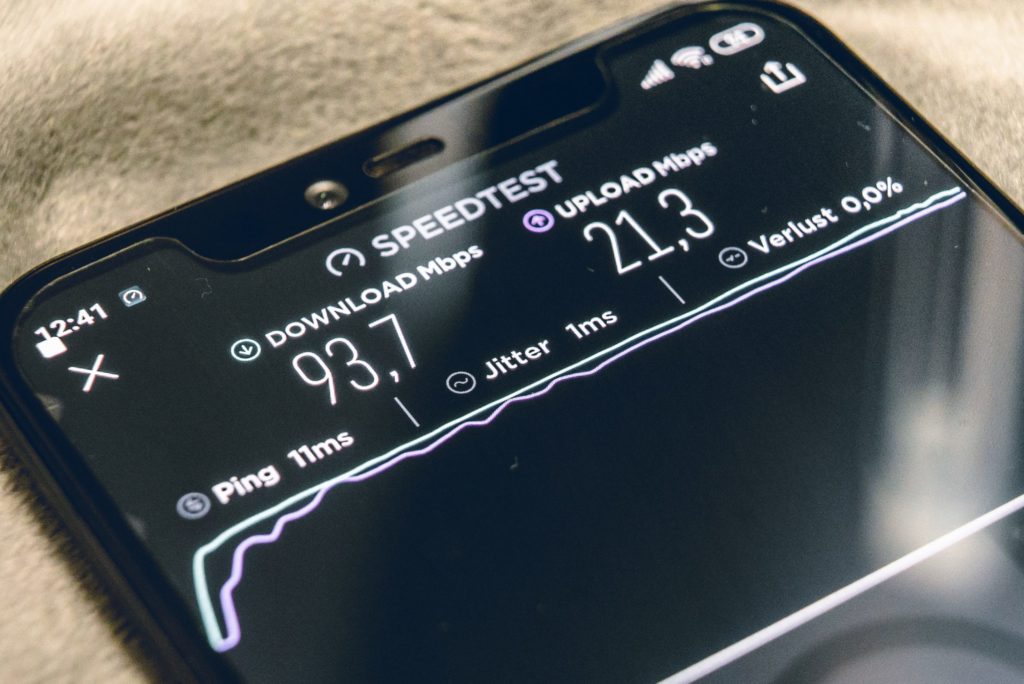By Simon Buckingham, CEO, Nonvoice Agency
2020 is a pivotal year for 5G apps- both consumer and enterprise- for two main reasons.
Firstly, Apple is set to launch its 5G capability towards the end of the calendar year which is expected to stimulate a lot of developer interest. Secondly, the COVID-19 pandemic has rapidly accelerated the timelines for adoption of new digital services and 5G applications.
We expect both consumer and enterprise applications to be enhanced and thrive on 5G networks. Some technologies which 5G enables such as augmented reality can be used to enable better corporate as well as consumer experiences.
For us 5G is all about the 5 ‘v’s: 1. video and vlog and game streams; 2. Voice; 3. Vehicles; 4. VR/ AR; and 5. venture or enterprise apps. Here are just some of the cool apps that 5G enables by increasing speed and reducing latency.
Video Streaming
Video streaming is one of the most popular and bandwidth intensive applications for the Internet. Over the Top (OTT) service providers also use the internet to deliver entertainment. 5G streaming will eventually overtake the traditional aerial, satellite and cable methods of TV content delivery. Many households already use services such as Netflix, Amazon Prime, Disney+ and YouTube in place of non-internet services.
However, these OTT service providers are limited by the bandwidth of the consumer’s internet connection. Streaming 4K and high definition 3D requires huge amounts of data that even fiber to the home can struggle with during peak times. 5G in millimetre wave form will provide more bandwidth and allow these services to further increase quality by reducing video compression and increasing video resolution.
Virtual Reality
Virtual Reality (VR) is currently readily available in the home and the quality of the devices available is rapidly improving and producing more lifelike experiences. The resolution required to achieve these results so that the human eye cannot see individual pixels currently results in file sizes being in the gigabyte ranges for a small length of footage.
5G enables many scenarios that are currently not possible. For example, a 3D camera live streamed in 4K and above resolution to a VR headset in another country would at the moment be impossible even at home fiber speeds. However, 5G opens up the possibility of a huge amount of data being transferred to the VR device in real-time.
Mixed/ Augmented Reality
Mixed Reality/ Augmented Reality adds a virtual overlay to the physical world, combining the two and enhancing the real world with additional information and services. 5G provides the real-time speeds needed for the merging of physical and digital objects, allowing the user to use these digital objects through VR with streaming video from the real world.
5G’s low latency and high bandwidth will further advance this technology. It will allow gamers to interact in real-time but will also allow the different hardware needed for mixed reality to communicate with each other at high speed and at low latency wire free. Latency is key for the movement of digital objects to feel ‘real’ as the more latency the less the environment feels real. Whilst wired connections provide ultimate low latency and speed they also limit the movement of the user and do not allowing interaction with other players.
Cloud Gaming
Mobile gaming and home console and PC gaming will greatly benefit from 5G networks. Developers will be able to deliver a larger amount of data in real-time to the gamer’s device, this could be 3D virtual reality video which at the moment requires a large amount of pre-downloading of content. 5G will allow this 360 degree 3D video to be streamed live directly from the servers.
For massive multi-player games, latency plays a huge role in gaming accuracy. 5G will deliver local LAN speed latency only seen when players are in the same room as each other. Console and PC gamers spend a lot of time downloading updates and expansion packs for their games.
It is not uncommon to purchase a new game on an Xbox then wait several hours for it to download from Microsoft’s servers. 5G will not only speed up the download process but also force companies to upgrade their own infrastructure to support the new speeds on their own servers and networks to facilitate their users 5G gaming devices.
Smart vehicles and autonomous driving
The super-low latency and high speeds of 5G opens up a new range of transport-related products and services that were previously not possible and also improves greatly on existing services.
Autonomous vehicles have been around for a while now without 5G. However, the new high speeds and low latency that 5G provides will allow them to become both safer and smarter. The benefits of 5G connectivity will make it possible for vehicles to communicate with each other and compare positioning, surroundings, speed and various sensor data.
In-vehicle entertainment will also be greatly improved allowing passengers to have the same entertainment experience that they would do at home.
As we have shown there are many benefits that 5G will have on enhancing existing technologies. However, from the seemingly endless potential that 5G offers we expect developers and innovators to bring apps to market that provide us with experience and opportunities that we had never imagined possible.









